In this edition of Sliced, the 3D Printing Industry news digest, we cover the latest business developments, partnerships, and acquisitions in the additive manufacturing sector.
Today’s edition features an array of aerospace and software tie-ups, the freshest filament and 3D printer launches, sustainable new additive manufacturing initiatives and India’s first-ever 3D printed house.
Read on for the most recent updates from FABULOUS, Sicnova, BEAMIT, Tangible Solutions, Teton Simulation, 3DomFuel and more.

Sandvik and FABULOUS launch materials
Starting this week with material news, global engineering group Sandvik has partnered with its part-subsidiary BEAMIT Group, to develop the ability to 3D print super-duplex stainless steel parts. Using Sandvik’s Osprey 2507 alloy powder, the firms are now able to create novel corrosion-resistant crack-free components, with a density of >99.9%.
Already, Sandvik has worked with energy firm Equinor and leveraged its super duplex steel to manufacture an optimized offshore impeller, and in future, the company anticipates that it will be applied within other marine projects where demand for weather-proof alloys is high.
“We are proud to say that Sandvik is the first to offer 3D printed super duplex components to the market”, said Mikael Schuisky, VP and Business Unit Manager at Sandvik AM. “While many have tried and failed, we are very pleased to have seen components printed to a standard that doesn’t just meet, but outperforms that of several conventionally manufactured counterparts.”
Over in France, 3D printing material developer FABULOUS has also launched a distinctive new powder, by the name of ‘BLUECARE.’ Based on conventional PA11, the material is designed to address the needs of clients operating in the food industry, and it has been specifically certified by the EU for use within food and drink-contact applications.
Compatible with SLS, PBF and MJF machines, BLUECARE features a vibrant color, to ensure that it can be easily spotted in rare cases where food contamination occurs. However, during post-processing, it’s also possible to change the exterior of BLUECARE printed parts, and FABULOUS has indicated that it’s happy to help identify application-specific parameters, which meet the needs of individual clients.
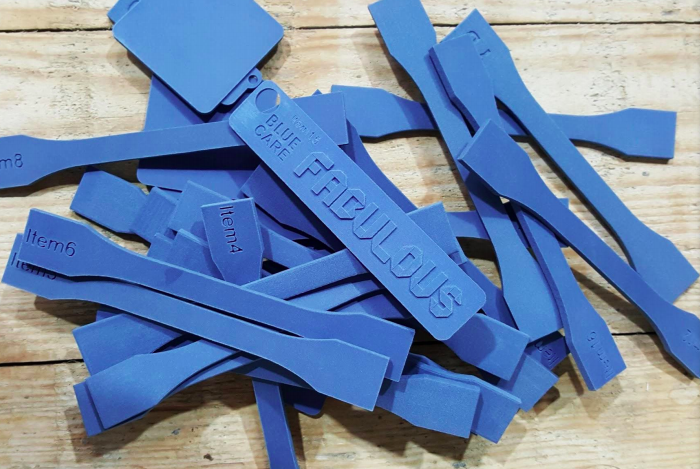
Aerospace and software firms partner-up
Spanish 3D printing service bureau Sicnova has partnered with Teton Simulation to integrate the SmartSlice plug-in into its software offering. The Cura slicing program essentially uses cloud-based finite element analysis to expedite the additive manufacturing process, while ensuring that parts continue to meet industry standard performance requirements.
Additionally, according to Sicnova, products often require up to 25 iterations before being ready for market, and SmartSlice allows these to be conducted virtually, saving users both time and materials. While the software is now available via the firm’s website, it’s also holding a live webinar on May 26 2021, in order to demonstrate the platform’s other benefits and functionalities.
“Our SmartSlice technology was built from the ground up to give 3D printer operators near-instant feedback on the viability of their project,” said Mike Kmetz, CEO of Teton Simulation. “There is simply no other solution in the industry that can provide lightning-fast, accurate feedback on the ‘as printed’ state of a part.”
“Our optimization feature takes the guesswork out of determining the right slicing parameters. We do all the work, so the user doesn’t have to.”
Elsewhere, in a very different partnership, German 3D printing service bureau FIT AG has signed a memorandum of understanding with Turkish Aerospace, which will see the firms conduct joint aviation 3D printing R&D. Through their collaboration, the companies aim to develop optimized design and production processes, as a means of creating flying parts for use within aircraft, drones and satellites that can’t be manufactured conventionally.
Other areas set to be covered in the joint study include certification, the development of new 3D printing technologies and material qualification. Working together, the firms have already contributed to EU-funded research programs and the production of next-gen satellites, and they anticipate making further related aerospace advances in the near future.
“Since we have been working together on joint projects for years, it is a privilege to develop and create such a cooperation with FIT AG,” said Prof. Dr. Temel Kotil, President and CEO of Turkish Aerospace. “We will keep adding new perspectives, and we will ensure the complete process chain using additive technologies within global standards.“
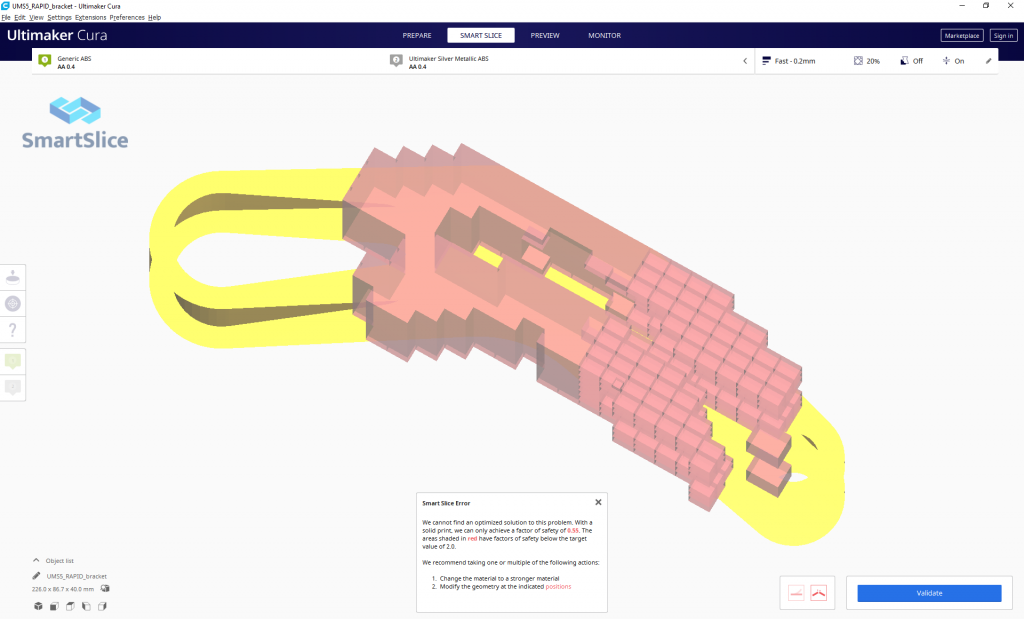
India’s first 3D printed house inaugurated
Indian Finance Minister Nirmala Sitharaman has inaugurated the country’s first 3D printed house at the Indian Institute of Technology Madras (IIT-M). Designed by five of the institute’s former students, the 600 square foot building was constructed over the course of five days by the state-backed TVASTA Manufacturing Solutions.
Developed using an unspecified concrete 3D printing technology, the single-storey house includes one bedroom, as well as a hall and kitchen. Speaking virtually at the building’s inauguration, Sitharaman implied that the IIT-M team’s approach could help address India’s current housing shortage, saying that she didn’t think it’d be a massive challenge to build 100 million houses by 2022.
“It’s all Indian, it is amazing. It’s the young mind which is delivering this, and India needs more of this. [The country’s] young minds send positivity and showcase India and all its abilities,” Sitharaman said at the inauguration. “India is set for a bright future in terms of meeting the target on affordable housing. We need rapid, scalable models, which is what you have shown us today.”
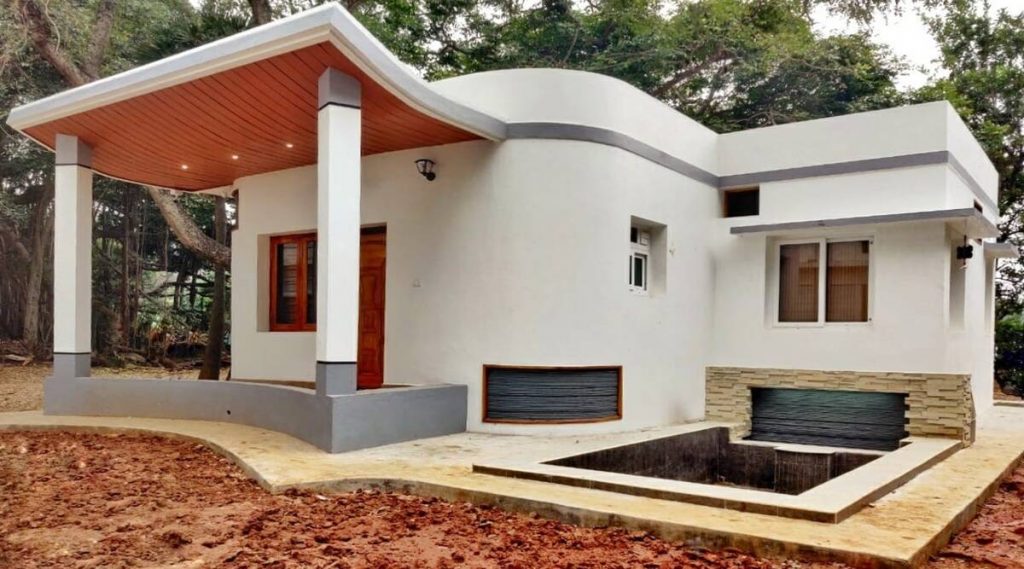
Eco-friendly 3D printing initiatives
Last week marked World Earth Day, and the 3D printing industry has been out in force, to tout the technology’s wider sustainability benefits. Eco-friendly filament developer Filamentive has been chief among these, launching its own ‘Eco Responsible 3D Printing Alliance,’ with the aim of driving circular principles across additive manufacturing.
Contributors to the project are set to work towards increasing resource efficiency, reducing 3D printing’s environmental impact and making the technology more sustainable. Through the collaborative program, the company believes that it could be possible to not only reduce manufacturing emissions, but to minimize the amount of plastic sent to landfill.
Those interested in taking part in Filamentive’s initiative can find out more here.
In similarly sustainability-minded news, 3D printing material developer 3DomFuel has announced the release of its bio-friendly new ‘Eco-Spool 2’ filament. The material, which is already being used at the company’s U.S. production facility, is made from biodegradable high-impact polystyrene, allowing it to decompose naturally when sent to landfill.
Created in partnership with Ecologic LLC, the new material incorporates an organic additive called Eco-One, which causes a biofilm to develop on the plastic’s surface, expediting the degradation process. Later this year, 3DomFuel also intends to introduce a PLA-based filament that biodegrades in a similar fashion, allowing manufacturers to bin failed prints, safe in the knowledge that they’ll soon dissolve into biogas energy.
“Finally, we have a way to produce products that truly are better for the environment with a range of end-of-life options, said John Schneider, CEO of 3DomFuel. “We plan to soon have enhanced biodegradability as an option for all our products. We also encourage the entire 3D community to move in this same direction.”
“Over 90% of plastics end up in landfills. With our new enhanced biodegradability products, we can eliminate the 100s or 1000s of years required to break them down.”
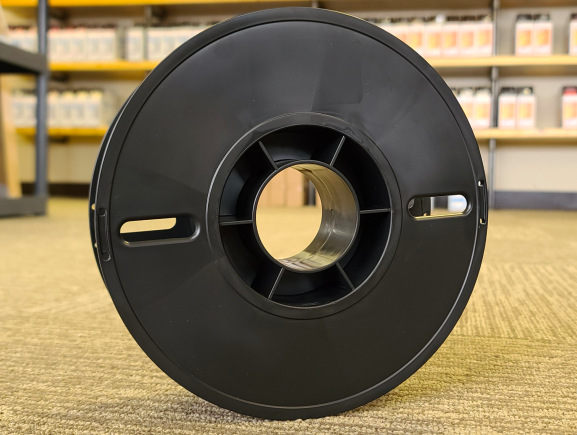
BEAMIT and COBOD issue business updates
In the business world this week, privately-traded construction 3D printer manufacturer COBOD International has provided a rare insight into its financial results. The firm’s figures reveal that despite the ongoing impact of the pandemic, it has turned a profit for the second year in a row, and more than doubled its full-year consolidated revenue during 2020.
Although the company hasn’t provided full access to its financials, it has announced a gross profit of 9.3 million DKK (or 1.5 million USD) for FY 2020, up 90% on the 4.9 million DKK generated last year. The accounts also show that COBOD’s order intake for the first few months of 2021, has already doubled its total for 2021, setting it up nicely to achieve further revenue growth as the year progresses.
“The good result is not least due to our large global customers, and in 2021 they will continue to play a key role in our growth, together with smaller more entrepreneurial companies wanting to be part of the future,” said Henrik Lund-Nielsen, Founder and GM of COBOD. “Due to this high growth, we have had to increase our manning to more than 40 employees, and at the end of this year, we expect to reach around 60.”
Elsewhere, in certification news, BEAMIT has gained the prestigious Nadcap welding accreditation following an audit from one of the group’s PRI task groups. After the inspection, the firm was awarded a merit mention, recognizing that its processes consistently operated at the highest level, and demonstrated no obvious flaws.
BEAMIT’s result puts it among a limited group of elite manufacturers to have gained the accreditation, and reflects the suitability of its 3D printing processes, for addressing the news of clients within the aerospace and aviation industries.
“This is yet another important milestone for us in view of the industrialization of AM within the most demanding fields of application,” said Michele Antolotti, GM of BEAMIT. “Alignment of our quality management system and processes with Customer’s requirements, is a top priority for leveraging the adoption of special processes in the AM value chain, and scaling up the reliability of the whole system.”
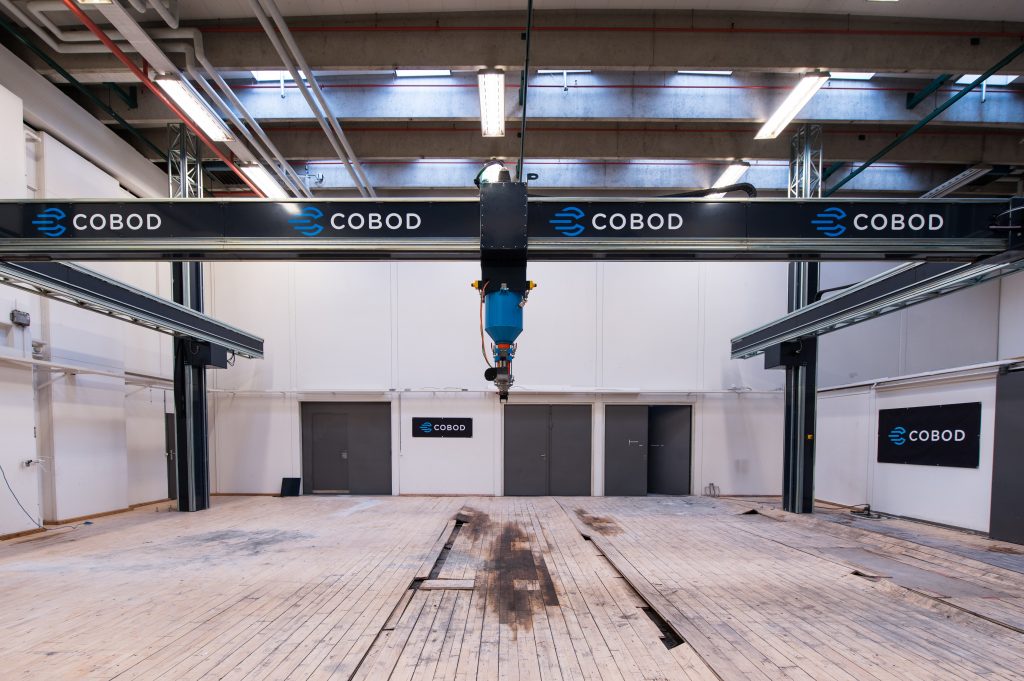
3D printer news from EOS, Tangible Solutions
German 3D printer manufacturer EOS has announced the conclusion of an intensive testing project with Austrian client 1zu1, which has seen it assess the serial production capabilities of its P 500 polymer system. The machine demonstrated high levels of performance during the program, both in terms of uptime and part quality, leading 1zu1 to permanently install two of the printers as a means of processing orders.
“The EOS P 500 fulfills all requirements for homogeneous and repeatable component quality while keeping production time short,” said Hannes Hämmerle, CEO of 1zu1 Prototypen. “Parts produced on this system have dimensional accuracy very close to that of injection molded parts, and can also keep up in terms of productivity.”
In similar news, Ohio-based medical manufacturer Tangible Solutions, has expanded on its 3D printing capabilities by installing three small platform machines and one large-format system. The firm’s new equipment takes its total portfolio up to eleven 3D printers, while enabling it to produce bigger parts, up to 250mm x 250mm x 350mm in size.
“Large-format printers allow our customers to take full advantage of larger additive device design and achieve higher-volume objectives such as weight reduction and improved mechanical properties,” said Adam Clark, CEO of Tangible Solutions. “Our printers allow us to deliver maximum performance, optimize system speed and deliver excellent productivity and reliability.”
To stay up to date with the latest 3D printing news, don’t forget to subscribe to the 3D Printing Industry newsletter or follow us on Twitter or liking our page on Facebook.
Are you looking for a job in the additive manufacturing industry? Visit 3D Printing Jobs for a selection of roles in the industry.
Featured image shows the Sliced logo on top of Sandvik’s super-duplex steel 3D printed optimized offshore impeller. Photo via Sandvik.


